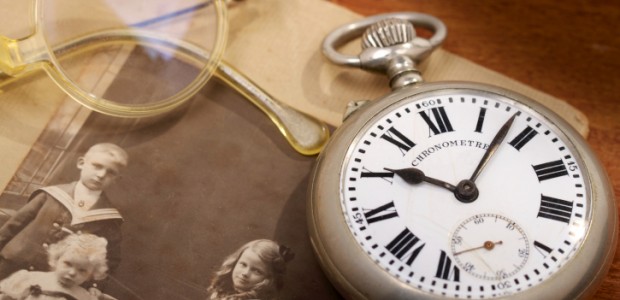As you go through the attic, basement or storage space of your home or a loved one’s, it’s difficult to know what to do with old pictures, memorabilia and family heirlooms. You want to keep it all, but it’s not possible. Not to worry, you can find a respectful home for items you cannot keep.
One rule of thumb is to give what you can to family members, especially articles of sentimental value, and distribute historical artifacts to organizations that can provide a setting where the viewing public can appreciate it.
The first step is to get your boxes and labels ready, so when you peer into the eyes of an old doll, flip the pages of a revered book or grasp the handle of a timeworn teapot, you can consider who in your family can truly appreciate its significance.
Here’s the tough part: giving away pieces to non-family members. What can make this an easier task is having comfort in knowing that a much-loved keepsake is going to a home that your parents, grandparents or great grandparents would appreciate. You can contact a local historical society, sports club or museum in your town, city or state about submitting treasured items. Likewise, if your relative is from another country, you can contact a local library, museum or college for guidance. In the United States, the following institutions welcome gift donations:
The National Archives and Records Administration accepts documentary materials.
The Naval Historical Foundation accepts photographs, artwork, books, physical artifacts and paper documents through its Naval History and Heritage Command. The NHHC headquarters is in Washington, DC, but it has museums located throughout the United States.
The Library of Congress takes books and other materials.
The United States Holocaust Memorial Museum accepts artwork, clothing, uniforms, textiles, documents, correspondence, diaries, propaganda and other objects directly associated with the Holocaust. In addition, the museum accepts prewar, wartime and postwar photographs as well as liberation photographs.
The National WWII Museum accepts books and periodicals, photographs, letters and journals, medals, uniforms and insignia as well as service documents, scrapbooks, ration books, postcards, leaflets programs, tickets, souvenirs, news articles and wartime brochures as well as Axis pistols and rifles.
Since guidelines vary, prospective donors should contact organizations directly about gift-giving procedures. Furthermore, donors should avoid vigorous cleaning of an item; unintentional damage can occur, making the item unfit for donation.
~Maureen F.
